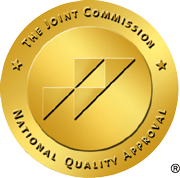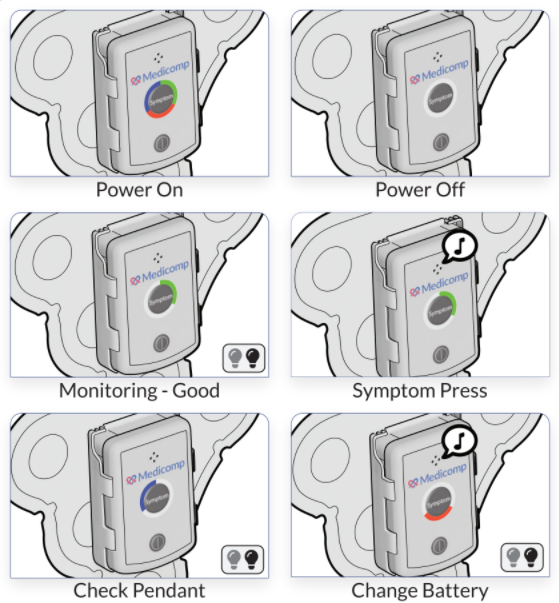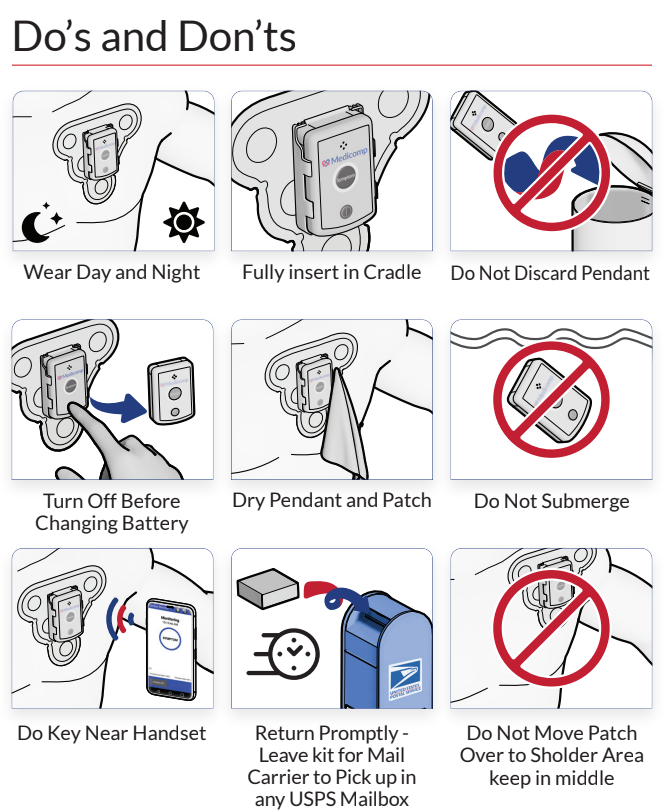Determining the damage to heart tissue is often frustrating when an ultrasound shows only a grainy, hard-to-discern image. GE Healthcare has been working on new software technology to complement its most sophisticated cardiovascular ultrasound systems. This software, cSound, delivers much more precise images, and cardiologists and technicians are showering it with praise. Cardiologist Bijoy Khandheria of Aurora St. Luke’s Medical Center in Milwaukee, where cSound was refined before a presentation to physicians, marveled at the new images, which he describes as unparalleled. “It is a quantum leap as far as the quality,” reports Khandheria.
GE Healthcare’s cardiovascular ultrasound business works to introduce a technological advance each year, but the software it recently introduced may stand out a bit more than the advances in past years.
Together with GE’s state-of-the-art cardiovascular ultrasound systems, cSound reduces the amount of inconclusive scans, currently running between 10% and 15% for a basic echocardiogram, thereby alleviating further, more expensive tests for cardiac patients. Not only is cSound bound to reduce non-diagnostic images, it collects more patient information and processes that information much more rapidly, at approximately 4.7 gigabytes a second.
Medical personnel are not the only professionals impressed with cSound: Klein Biomedical Consultants Inc, a New York consulting firm specializing in the ultrasound market, has found the images “…look very, very good”, although a side-by-side comparison from a plethora of patients has not been completed to date. Surprisingly, one of the negative aspects of cSound was found to be a positive one: “noise” on the ultrasounds that engineers were working to filter out of the picture was determined to be blood flow and other important elements not normally noted on a traditional ultrasound scan.
cSound has also been found to be a dynamic tool for transcatheter aortic valve replacement (TAVR), a procedure that replaces damaged valves by using a catheter to insert the new valve. Because it delivers clear, more precise images, physicians and technicians may find cSound is useful in nameless procedures and surgeries yet to be determined.
For more information on the latest technology in heart-related machines and procedures, browse the ReactDx blog, or contact the cardiac monitoring staff at ReactDx by calling (800) 23-HEART for all your diagnostic cardiology needs.



